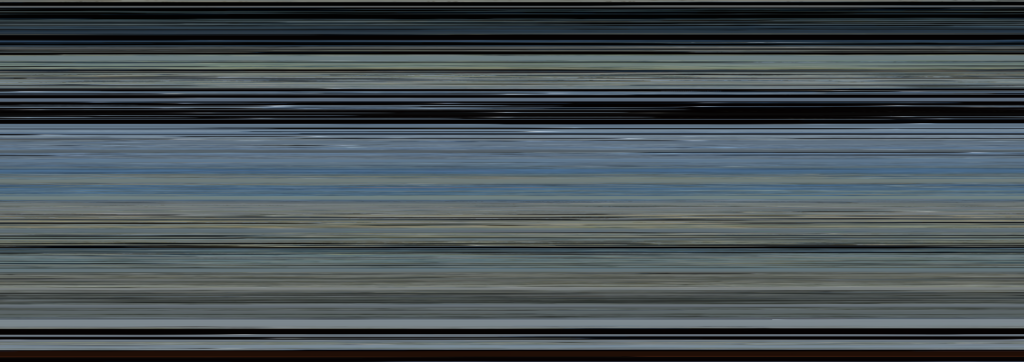
Pixel array images of long videos in FFmpeg
Continuing my explorations of FFmpeg for video visualization, today I came across this very nice blog post on creating “pixel array” images of videos. Here the idea is to reduce every single frame into only one pixel, and to plot this next to each other on a line. Of course, I wanted to try this out myself. I find that creating motiongrams or videograms is a good way to visualize the content of videos....
